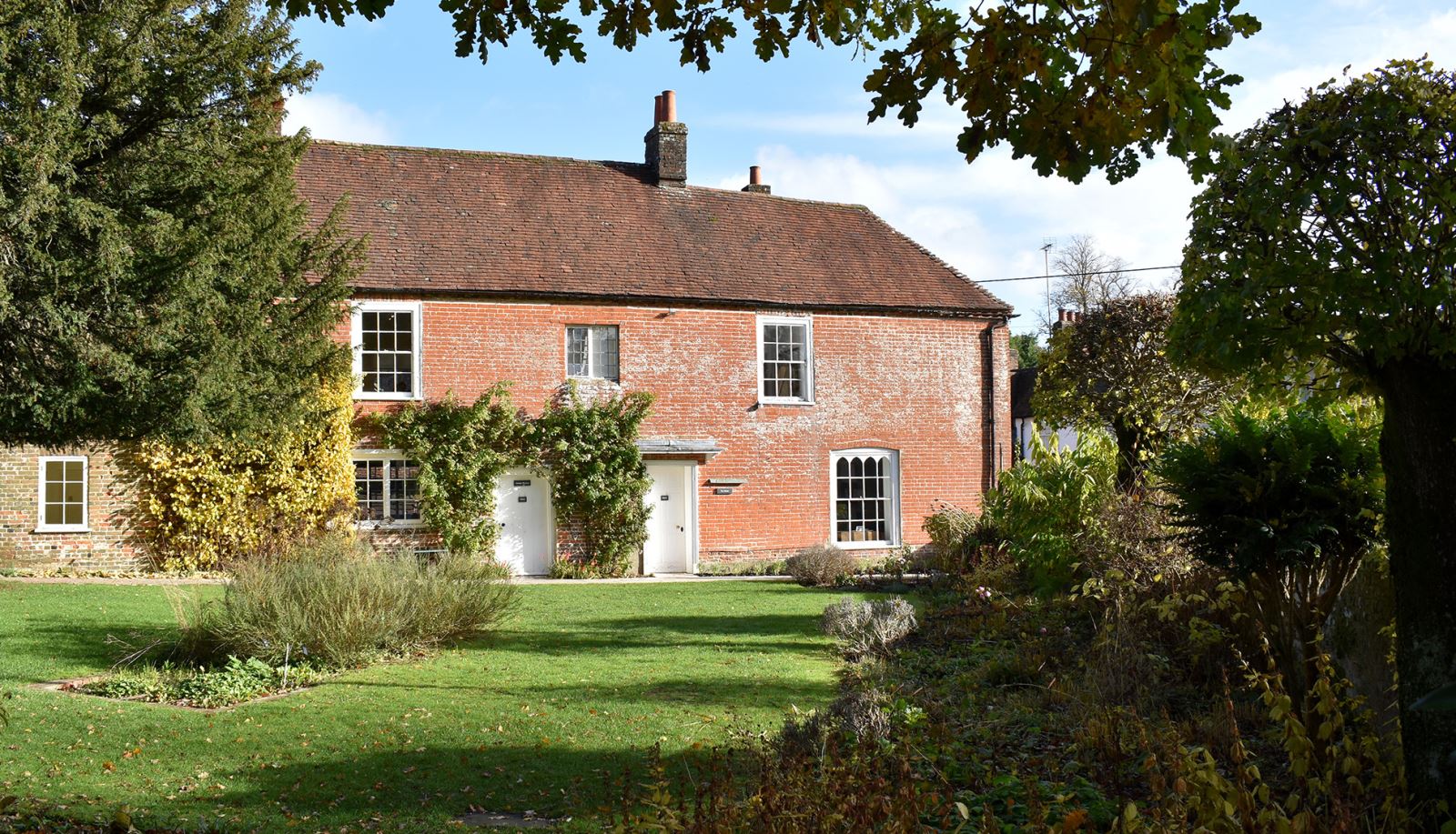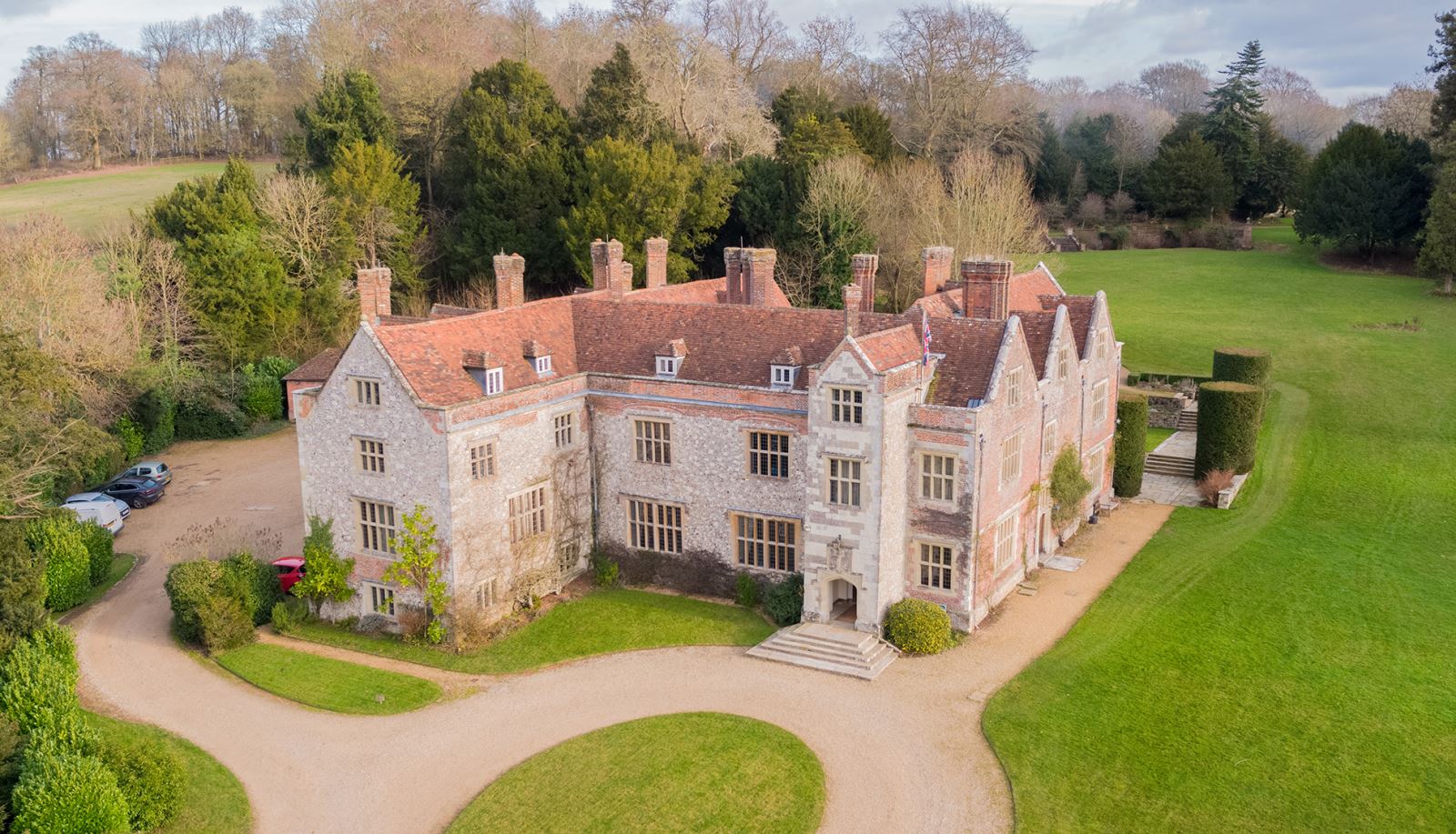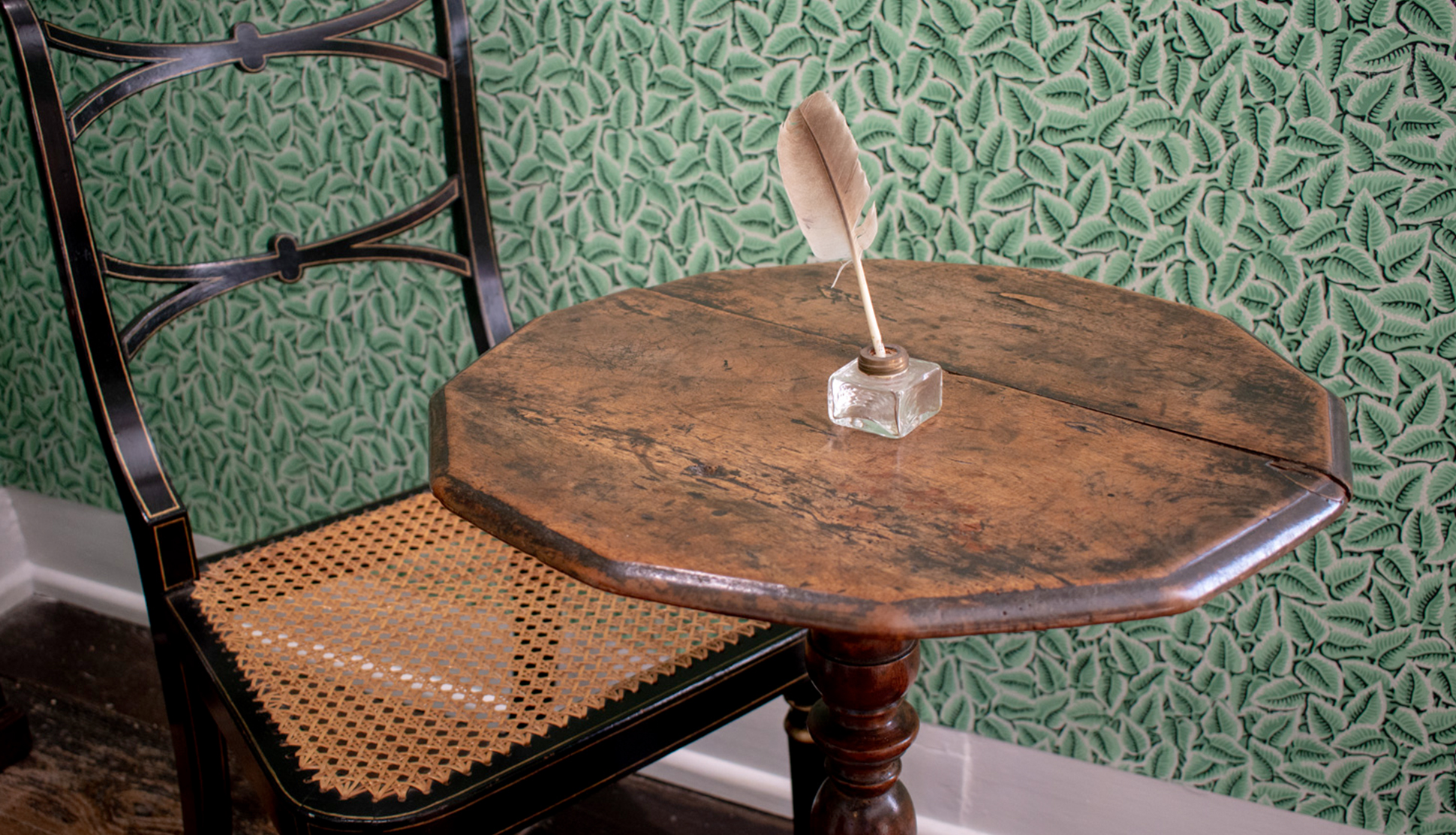Jane Austen has been a household name for more than two centuries and interest in her, and her books, continues to grow.
Hampshire was not only the birthplace of Jane Austen, but its people, and the society in which she moved, provided inspiration for many of her novels. Known for proudly reminding people that she was “a Hampshire born Austen”, she was finally laid to rest in Winchester Cathedral, in 1817 - at the age of just 41.
While literary pilgrims from all corners of the globe know where to come in search of “Jane Austen Country”, visitors to Hampshire these days find it very easy to follow in the footsteps of the author who brought us the likes of Pride & Prejudice, Northanger Abbey and Sense & Sensibility.

As good-a-starting-place as any must be Jane Austen's House Museum in the quiet village of Chawton. It was here that Austen wrote and revised six of her most famous novels - four of which were subsequently published while she was living in this house.
This was Austen’s last home, where she lived with her mother and her sister Cassandra from 1809 to 1817 - and where the hairs will rise on the back of your neck when you see the little table where she revised her manuscripts for Sense & Sensibility, Pride & Prejudice and Northanger Abbey, and also wrote Mansfield Park, Emma and Persuasion.
With the possible exception of Steventon, where she was born and grew up, Chawton was the place where Austen found most peace and security. Today, Jane Austen’s House Museum and gardens retain much of that same atmosphere; and it the ideal starting point for anyone wanting to find out more about Jane Austen and her books, as well as her family and the life-and-times in which she lived.
Visit it on a sunny day, and the sunshine streams through the windows at the front of a house widely regarded as Austen’s literary home.

Elsewhere in the village Chawton House Library has become an internationally respected research and learning centre for the study of early women’s writing from 1600 to 1830. Set in the manor house that once belonged to Austen’s brother, Edward, the library, house and gardens are also open to the general public.
Steventon is another destination on a tour of ‘Jane Austen Country’. Jane herself was born on December 16th 1775 in the Old Rectory which, sadly, no longer exists. It is where she lived the first 25 years of her life, and where she created first drafts of three of her published books.
Today, a giant lime tree planted by Austen’s brother, James, is all that remains in the spot where the rectory once stood. But St Nicholas Church, which Jane attended regularly with the rest of the family to listen to their father preach, is where visitors will find a bronze plaque dedicated to her memory.
Having collected sufficient inspiration from the people she had met and the places she had been to begin her writing, Jane’s life was interrupted when the family moved to Bath following the retirement of her father.
On her return to her beloved Hampshire countryside - first to Southampton, and later to Chawton - Austen picked-up her quill pen once again. And the rest, as they say, is history.
Sadly, illness started to shape her life in her final years, but she recovered sufficiently to revise and complete Persuasion, which would be later published posthumously along with Northanger Abbey. But after starting her seventh (unfinished) novel - Sanditon - her health once again started to fail, and she agreed to being moved to Winchester under the care of Giles Lyford, a surgeon at the County Hospital.
Lodgings were arranged for her and Cassandra there at 8 College Street in Winchester but she died on Friday 18th July 1817, and was buried in the north aisle of the Cathedral. While the inscription on her tomb makes no reference of her literary talent, a brass tablet was added at a later date confirming that she was “known to many by her writings”.



 to add an item to your Itinerary basket.
to add an item to your Itinerary basket.






